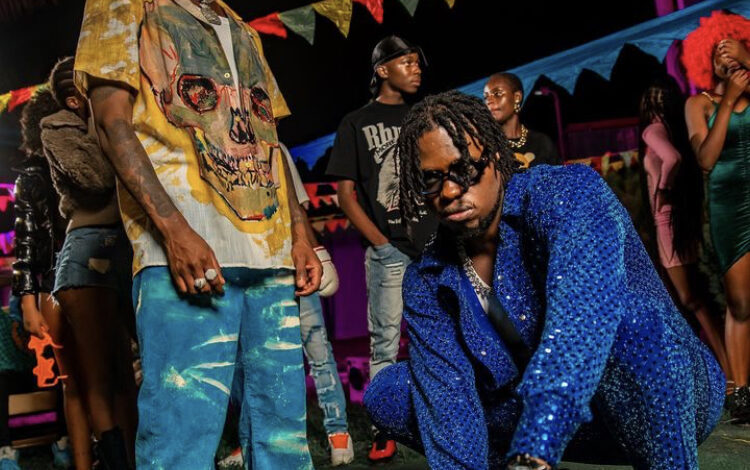In cities, suburbs, and rural communities across the United States, their neighborhoods remain stubbornly segregated along racial and ethnic lines. A typical white person lives in a neighborhood that is 75 percent white and only 8 percent African American, whereas a typical African American person lives in a neighborhood that is only 35 percent white and 45 percent African American. Moreover, people of color are overrepresented in neighborhoods with high poverty rates, where essential resources like quality schools, full-service grocery stores, safe and healthy parks, and reliable transportation are often lacking.
These patterns are not explained by income disparities or personal preferences. A middle-income Black family is more likely to live in a poorly resourced neighborhood with a high poverty rate than a low-income white family. And although households of all races and ethnicities increasingly say they prefer integration, discrimination against people of color in housing and lending persists and the effects of past racist public policies continue to be felt.
Hip Hop is not only in Uganda but it is already a global, lapping on every shore and landing at every airport. But what does Hip Hop mean? Is it the music with a chest-thumping beat? The rapid-fire lyrics rapped into a handheld mic? Weight-defying dance steps? Writers turning walls into canvases with larger-than-life letters and illustrations?
The answer is all of the above—and more. Hip Hop embraces these artistic elements, most definitely. But it also has blended and transcended them to become a means for seeing, celebrating, experiencing, understanding, confronting, and commenting on life and the world. Hip Hop, in other words, is a way of living—a culture.
The elements of Hip Hop came together in the Bronx borough of New York City. It was the early 1970s and times were tougher than usual for the poorer parts of urban America. From a whole lot of nothing—and a whole lot of imagination—Hip Hop took form.
DJ Kool Herc is credited with throwing the switch at an August 1973 dance bash. He spun the same record on twin turntables, toggling between them to isolate and extend percussion breaks—the most danceable sections of a song. It was a technique that filled the floor with dancers who had spent days and weeks polishing their moves.
The effect that night was electric, and soon other DJs in the Bronx were trying to outdo Herc. It was a code that has flowed through Hip Hop ever since: 1) Use skills and whatever resources are available to create something new and cool; 2) Emulate and imitate the genius of others but inject personal style until the freshness glows. Competition was, and remains, a prime motivator in the Hip Hop realm.
Like a powerful star, this dance-party scene quickly drew other art forms into its orbit. A growing movement of hopeful poets, visual artists, and urban philosophers added their visions and voices by whatever means available. They got the word out about what was happening in their neighborhoods—neighborhoods much of mainstream, middle-class America was doing its best to ignore or run down. Hip Hop kept coming, kept pushing, kept playing until that was no longer possible.
Today, some Hip Hop scholars fold as many as six elements into Hip Hop culture. They include:
- DJing—the artistic handling of beats and music
- MCing, aka rapping—putting spoken-word poetry to a beat
- Breaking—Hip Hop’s dance form
- Writing—the painting of highly stylized graffiti
- Theater and literature—combining Hip Hop elements and themes in drama, poetry, and stories
- Knowledge of self—the moral, social, and spiritual principles that inform and inspire Hip Hop ways of being.
From its work-with-what-you-got epicenter in the Bronx, Hip Hop has rolled outward to become a multibillion-dollar business. Its sounds, styles, and fashions are now in play around the world. DJs spin turntables in Kampala Uganda to Sao Paulo, Brazil. MCs rap Arabic in the clubs of Qatar. B-boys and b-girls bust baby freezes in Finland. Graffiti rises on the Great Wall of China. Young poets slam poetry in D.C.
One thing that is applicable to every generation of teenagers is urgency. Everything about hip-hop — the sound, the lyrics, the style, the language — conveys that sense of urgency.
The sociological and cultural impact of USA`s rock ’n’ roll pales in comparison to what hip-hop has been able to accomplish. Hip-hop is the singular most important melding of black and white cultures that has ever existed across the globe.
Urban music, like Motown, worked for white audiences, but you did not see blacks and whites together at live concerts.
Hip-hop changed that because it was about fashion and language from the beginning, and — most importantly — captured a sense of urgency that teenagers in the suburbs and in the cities could relate to- black and white teens recognized that the isolation of suburbia was not much different.
Fab 5 Freddy, host of the television show Yo! MTV Raps in the 1980s, said hip-hop is successful because the music is “infectious” and because it allows people to express themselves in a positive, dynamic and consciousness-raising way. “Hip-hop is for everybody with an open ear,” he said.
In 1985, when Run-D.M.C.’s King of Rock became the first hip-hop record to “go platinum,” an award given by the Recording Industry Association of America for the sale of 1 million records, it was apparent that hip-hop had crossed over from African-American and Latino urban music into white culture, Shimmel said. In 2005, OutKast’s Grammy Award for Album of the Year was a first for a hip-hop album.
Shimmel said hip-hop today has not strayed far from its South Bronx roots. “Every musical form evolves,” Shimmel said. “Hip-hop started in New York, and it was interpreted differently in Los Angeles, and then the South added another element. It has evolved, but it hasn’t changed.”
So what is Hip Hop? All of the above and more—whatever we love enough to bring.

